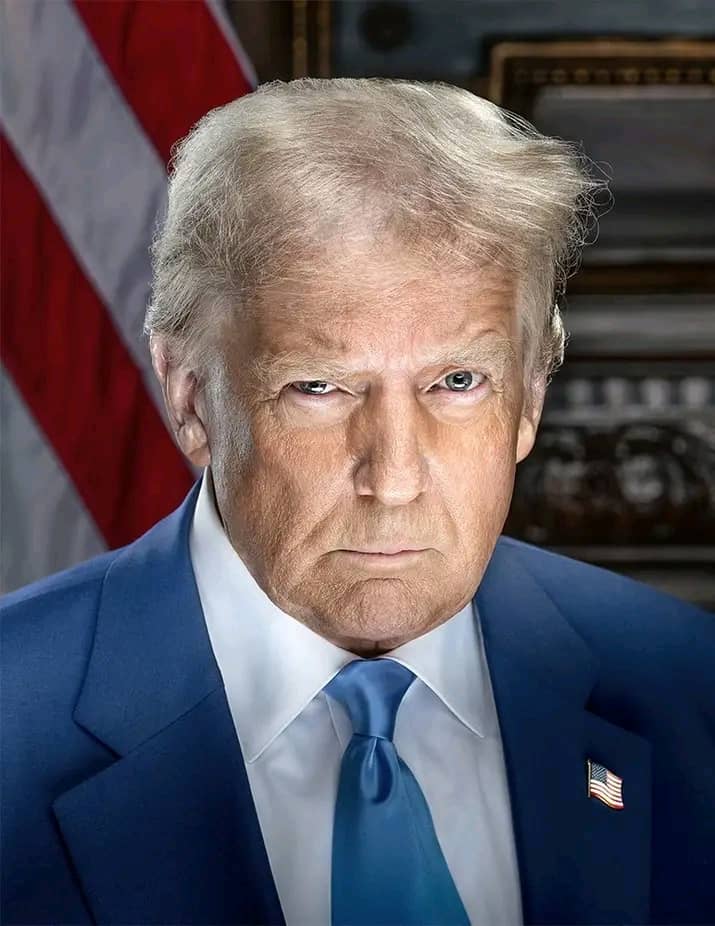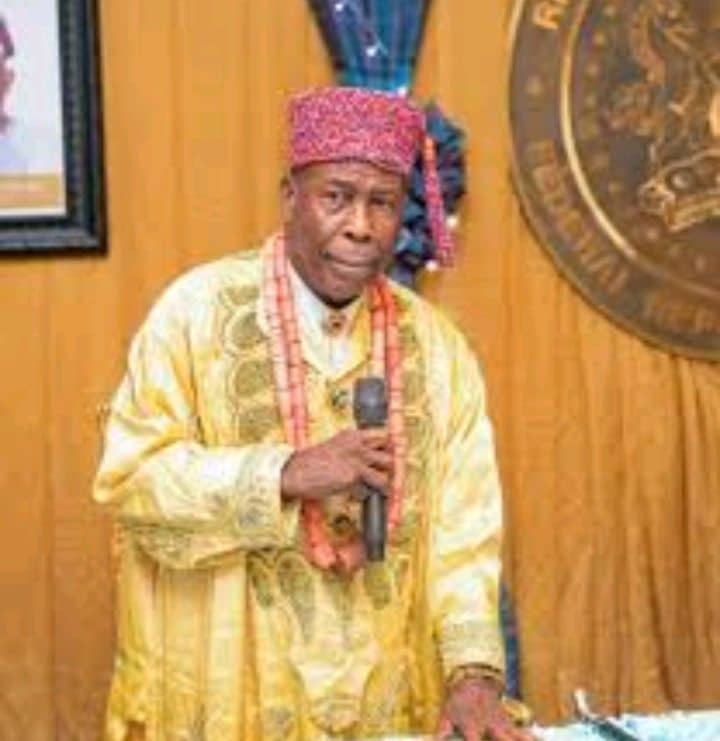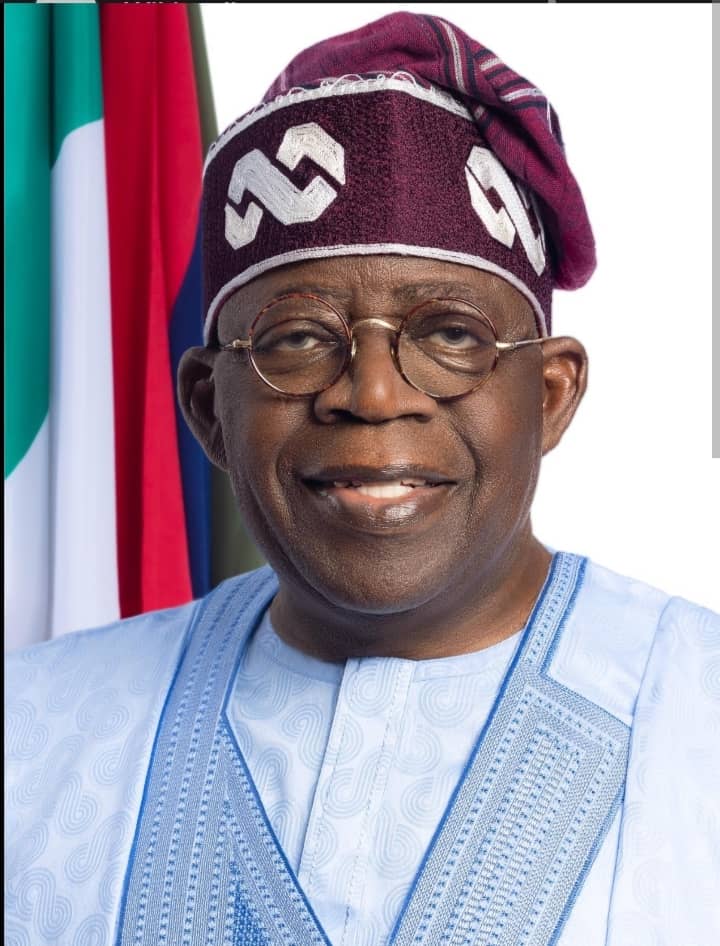President Bola Tinubu’s participation in the Mission 300 Africa Energy Summit in Tanzania led to the Dar es Salaam Declaration, aiming to provide electricity to 300 million Africans by 2030. Despite significant international commitments, Nigeria faces challenges like inadequate infrastructure and funding gaps. Effective execution is crucial for achieving universal electricity access by 2030.
In a landmark affirmation of Nigeria’s dedication to enhancing electricity access, President Bola Tinubu concluded his visit to Dar es Salaam, Tanzania, where he participated in the Mission 300 Africa Energy Summit.
This pivotal event, held on January 27-28, 2025, brought together African leaders, development partners, and key stakeholders to address the continent’s pressing energy challenges.
The summit culminated in the adoption of the Dar es Salaam Declaration, a commitment to provide electricity to 300 million Africans by 2030.
President Tinubu, represented by the Minister of Power, Adebayo Adelabu, endorsed the declaration alongside leaders from 11 other African nations, including Chad, Côte d’Ivoire, the Democratic Republic of the Congo, Liberia, Madagascar, Malawi, Mauritania, Niger, Senegal, Tanzania, and Zambia.
This collective pledge underscores a unified resolve to tackle energy poverty and stimulate economic growth across the continent.
In his address, President Tinubu lauded the collaborative efforts of the African Development Bank (AfDB), the World Bank Group, and other development partners for their substantial commitments to Africa’s electrification.
He emphasised the necessity for African leaders to prioritise energy access, highlighting the transformative potential of reliable and affordable electricity. H said:
“Let us work together to create a brighter future for our citizens—where every African can access reliable and affordable energy. A future where our industries thrive, our economies grow, and our people prosper.”
The President reaffirmed Nigeria’s ambitious goal to provide reliable, affordable, and sustainable electricity to its unelectrified population by 2030.
He acknowledged the significant progress made with international support, citing AfDB’s $1.1 billion investment expected to electrify 5 million Nigerians by the end of 2026, and an additional $200 million under the Nigeria Electrification Project aimed at reaching 500,000 people by the end of 2025.
Furthermore, President Tinubu highlighted upcoming initiatives, including the AfDB’s planned $700 million investment in the Nigeria Desert to Power programme and a $500 million facility for the Nigeria-Grid Battery Energy Storage System, projected to provide electricity to an additional 2 million people.
He also referenced the World Bank’s $750 million support for expanding Nigeria’s distributed energy access through mini-grids and standalone solar systems, aiming to reach 16.2 million people.
These commitments are part of the broader Mission 300 initiative, launched by the World Bank and the AfDB, which seeks to connect 300 million Africans to electricity over the next six years.
The initiative has garnered significant financial pledges, including up to $6.15 billion from the Islamic Development Bank (IsDB) and the Asia Infrastructure Investment Bank (AIIB).
The IsDB will contribute $2.65 billion in project financing and an additional $2 billion for insuring power projects, while the AIIB will provide $1-1.5 billion in financing.
Despite these promising developments, Nigeria faces significant challenges in its quest for universal electricity access. As of 2022, approximately 61% of the Nigerian population had access to electricity, leaving a substantial portion of the populace in the dark.
This disparity is more pronounced in rural areas, where access rates are significantly lower compared to urban centres.
The country’s power infrastructure has been plagued by underinvestment, aging equipment, and frequent grid collapses. Transmission losses average 7.79 megawatts for every 100 megawatts injected into the grid, underscoring the inefficiencies that hamper reliable power delivery.
Vandalism and inadequate maintenance further exacerbate these challenges, particularly in the northern regions.
In response to these challenges, the Nigerian government has initiated reforms aimed at revitalising the power sector. The recent policy shift allowing states to generate their own power marks a significant departure from centralised control and is expected to foster localised solutions to energy deficits.
Additionally, collaborations with international partners are underway to develop mini solar grids in rural areas, leveraging Nigeria’s abundant solar potential to provide decentralised power solutions.
However, the path to improved electricity access is fraught with obstacles. The ambitious plans for solar energy development have encountered hurdles, including the government’s reluctance to provide necessary guarantees for developers.
This hesitation has stalled progress, despite high demand for clean energy solutions. The situation highlights broader systemic issues, such as high borrowing costs and financial instability, which deter private investment in the energy sector.
Moreover, the financial requirements for last-mile electrification are substantial. Nigeria’s National Energy Compact, presented at the summit, estimates an investment of $23.2 billion is needed to achieve universal access. This figure underscores the critical need for both public and private sector contributions to bridge the funding gap.
The government’s efforts to incentivise investment in renewable energy, oil, and gas efficiency are steps in the right direction. In 2024 alone, Nigeria attracted over $6 billion in new investments into its energy sector, reflecting growing investor confidence.
The administration aims to build on this momentum in 2025 and beyond, with plans to develop an electric vehicle (EV) charging infrastructure programme emphasising renewable energy and establishing stricter vehicle emission standards. The recent arrival of the first 100 electric buses signifies minimal progress in this area.
Despite these initiatives, the reality remains that over 85 million Nigerians—more than 4 out of 10—are still deprived of electricity. This energy poverty persists in a country rich in energy resources, presenting a paradox that demands urgent and sustained action.
The Mission 300 Africa Energy Summit has reinvigorated discussions around energy access, with leaders recognising the imperative of collective action.
The Dar es Salaam Declaration serves as a testament to this renewed commitment, but translating these pledges into tangible outcomes will require meticulous planning, robust policy frameworks, and unwavering political will.
Nigeria’s success in achieving universal electricity access by 2030 hinges on several critical factors. Chief among them is the implementation of a comprehensive energy roadmap that aligns with Nigeria’s National Energy Compact, as presented at the Mission 300 Africa Energy Summit.
While President Tinubu’s reaffirmation of Nigeria’s commitment to improved electricity access is commendable, the real test lies in execution.
Tinubu vows to fix Nigeria’s power crisis by 2030, but can his plan succeed where others failed? Experts warn of corruption, funding gaps, and delays. Dar es Salaam, Tanzania. January 28, 2025.
A History of Broken Promises in Nigeria’s Energy Sector
Nigeria’s commitment to electricity access is not a new promise. Over the years, successive administrations have launched ambitious electrification programmes, only for many of them to falter due to poor policy implementation, corruption, and a lack of political will.
The Nigerian Integrated Power Project (NIPP), launched in 2004 under President Olusegun Obasanjo, was meant to bridge the energy gap by developing new power plants. However, the project has been marred by allegations of mismanagement, contract fraud, and inefficiencies. Billions of dollars have been spent, yet power generation remains far below national demand.
Similarly, under former President Goodluck Jonathan, the Power Sector Reform Roadmap of 2010 aimed to improve generation, transmission, and distribution through privatisation. However, the privatised electricity distribution companies (DisCos) and generation companies (GenCos) have struggled due to liquidity crises, technical inefficiencies, and failure to invest in infrastructure.
The result has been a perpetuation of Nigeria’s electricity crisis, with frequent blackouts and an unreliable power grid.
President Muhammadu Buhari’s administration also made grand promises to revamp the power sector, including securing a $2.5 billion loan from the World Bank to improve electricity access. Yet, by the time his tenure ended in 2023, the national grid had collapsed over 100 times in eight years, leaving millions without power.
Tinubu’s Renewed Commitment: A Different Approach or More of the Same?
President Tinubu’s pledge at the Dar es Salaam Summit must be examined within this historical context. While his administration has secured significant financial commitments from global partners such as AfDB and the World Bank, the question remains: will these funds be efficiently utilised, or will they suffer the same fate as previous energy projects?
One of the key differentiators of the current administration’s strategy is its emphasis on decentralised energy solutions, particularly mini-grids and standalone solar systems.
The World Bank’s $750 million support for distributed energy access aims to provide power to 16.2 million people, a significant step forward in a country where extending the national grid to rural areas has proven to be financially and logistically challenging.
Moreover, Nigeria’s focus on renewable energy is a shift from the traditional overreliance on fossil fuels. The AfDB’s planned $700 million investment in the Nigeria Desert to Power programme and the $500 million Nigeria-Grid Battery Energy Storage System signal an effort to modernise the energy sector and reduce dependence on the fragile national grid.
However, skepticism abounds. The Federal Government’s reluctance to provide guarantees for solar energy developers has already slowed progress in renewable energy projects.
Without significant policy reforms and a clear regulatory framework, private investors remain wary of committing to large-scale renewable energy projects in Nigeria.
The Financial Burden: Can Nigeria Afford Universal Electricity Access?
The estimated $23.2 billion required for last-mile electrification presents another major challenge. While international partners have committed billions, there remains a significant funding gap that must be bridged through domestic investment, public-private partnerships, and innovative financing models.
The Tinubu administration has touted its success in attracting over $6 billion in energy investments in 2024 alone, but critics argue that much of this investment is yet to translate into tangible improvements in electricity access.
Nigeria’s economy, still recovering from the shocks of inflation, currency depreciation, and dwindling oil revenues, may struggle to meet the financial demands of its electrification goals.
Infrastructure and Policy Bottlenecks: The Achilles’ Heel of Nigeria’s Energy Sector
Beyond financial constraints, Nigeria’s electricity crisis is deeply rooted in infrastructural decay and policy failures. The national grid remains highly unstable, with frequent collapses disrupting economic activities.
Transmission losses, estimated at nearly 8% for every 100 megawatts injected into the grid, further exacerbate the inefficiencies.
The ongoing efforts to decentralise electricity generation by allowing states to generate their own power is a step in the right direction. However, this policy shift requires clear implementation guidelines to prevent regulatory conflicts between state governments and federal agencies.
Additionally, Nigeria’s electricity tariffs remain a contentious issue. While the government has gradually removed subsidies, electricity prices remain unaffordable for many Nigerians. The DisCos often struggle to recover costs due to widespread electricity theft, metering gaps, and non-payment by consumers.
Without addressing these fundamental issues, increased electricity generation will not necessarily translate into improved access for ordinary Nigerians.
The Way Forward: Can Tinubu Deliver on His Pledge?
For Nigeria to truly achieve universal electricity access by 2030, the Tinubu administration must go beyond rhetoric and take concrete, measurable actions.
Strengthen Regulatory and Institutional Frameworks: The Nigerian Electricity Regulatory Commission (NERC) must be empowered to enforce compliance, hold underperforming DisCos accountable, and create a more investor-friendly environment.
Accelerate Decentralised and Renewable Energy Projects: The government should remove bureaucratic bottlenecks slowing down mini-grid and solar energy initiatives.
Providing financial guarantees and tax incentives for renewable energy investors will be crucial.
Improve Transmission and Distribution Infrastructure: Without major upgrades to Nigeria’s aging power infrastructure, increased electricity generation will not translate into reliable supply.
The government must prioritise investments in transmission networks to reduce losses and enhance efficiency.
Ensure Transparency and Accountability in Energy Investments: Given Nigeria’s history of corruption in the power sector, there must be strict oversight mechanisms to ensure that funds from AfDB, the World Bank, and other international partners are used effectively.
Tackle Electricity Theft and Improve Revenue Collection: Addressing metering gaps, enforcing penalties for non-payment, and deploying smart grid technology can help reduce losses and improve financial sustainability in the electricity sector.
Conclusion: A Defining Moment for Nigeria’s Energy Future
The Mission 300 Africa Energy Summit has rekindled hopes for a brighter, electrified future for Africa. Nigeria, as the continent’s largest economy, has a crucial role to play in this vision.
President Tinubu’s reaffirmation of Nigeria’s commitment to improved electricity access is a positive step, but the road ahead is fraught with challenges.
If the administration can overcome the structural, financial, and policy hurdles that have historically plagued the power sector, Nigeria may finally break free from its decades-long electricity crisis.
However, if the same cycles of mismanagement and inefficiency persist, the Dar es Salaam Declaration will join the long list of unfulfilled promises in Nigeria’s energy history.
The next few years will be critical in determining whether President Tinubu’s vision for universal electricity access becomes a reality or remains yet another political soundbite in Nigeria’s ongoing struggle for reliable power.





